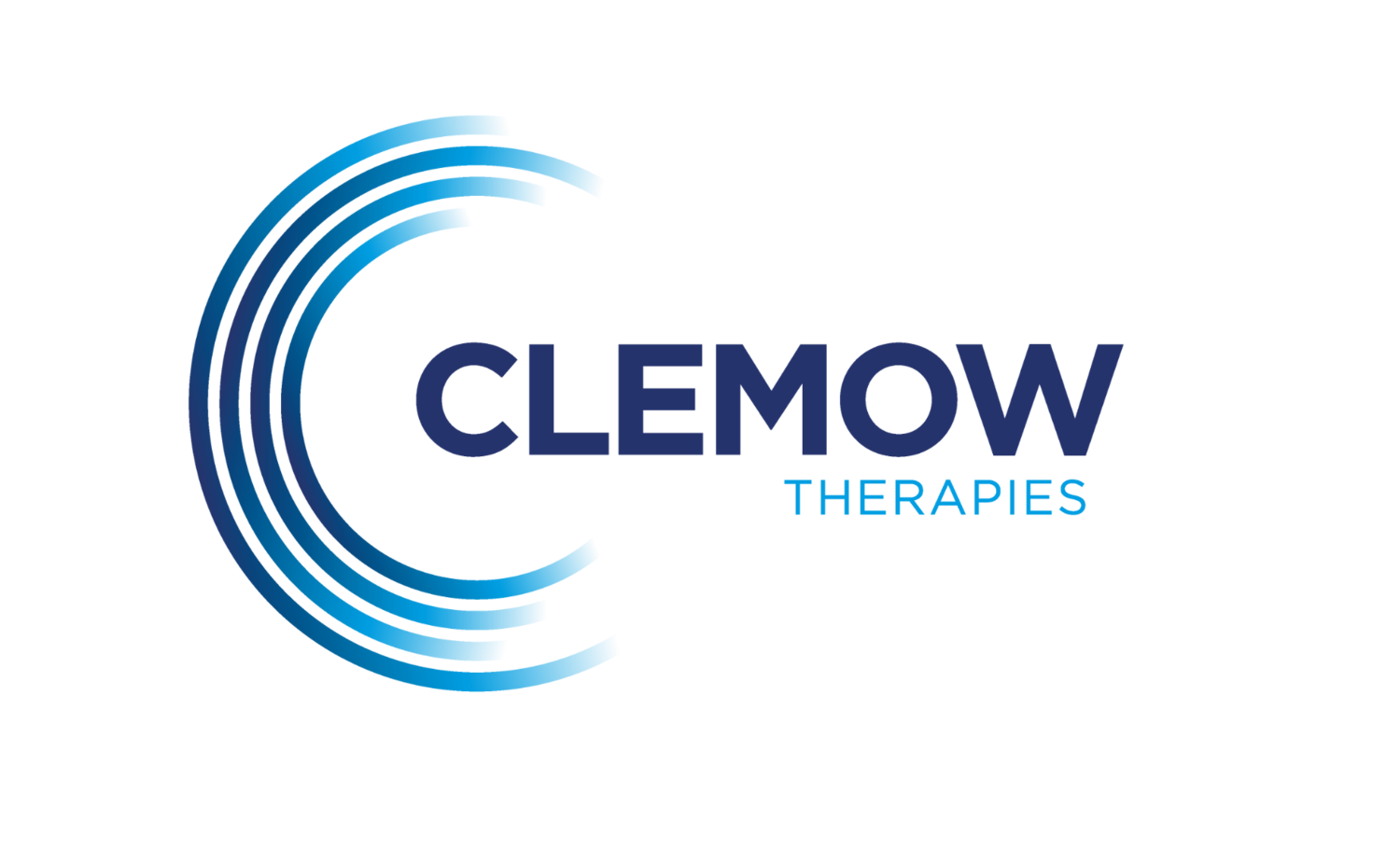
About Olena Kornieva
Olena Kornieva
I am a fully qualified and registered cranio-sacral therapist located in Harrow, North West London. I obtained my diploma from The College of Cranio-Sacral Therapy in London.
I am registered with recognised regulatory bodies, including The Cranio-Sacral Therapy Association (CSTA) and The International Affiliation of Integrated Biodynamic Cranio-Sacral Therapy (IAIBCST).
I am fully insured under Holistic Insurance.
Cranio-sacral therapy
Cranio-sacral therapy (CST) is a gentle, hands-on therapy that helps the body healing and feeling better. Developed from osteopathy in the early 1900s, CST uses light touch to work on the cranio-sacral system, which includes the brain, spine, and lower back area.
During a CST session, a therapist lightly touches your head, neck, and back to help your body relax and release tension. This gentle touch can improve the flow of cerebrospinal fluid around your brain and spinal cord, helping to ease pain and support overall health.
A unique aspect of CST is its holistic approach; it's not just about relieving physical symptoms. It promotes emotional and mental well-being by fostering deep relaxation and balance. Babies and young children can significantly benefit from CST, as it's very gentle, nurturing and safe.
People seek CST for various reasons, including stress, chronic pain, sleep issues, and emotional trauma. It supports the immune system and enhances the body's natural healing abilities. Many find it particularly helpful during challenging times or alongside other medical treatments.
Overall, CST helps your body find its own path to better health by freeing blockages and restrictions that may be holding you back. It’s a calming, supportive therapy that listens to your body's needs and assists in natural healing.
What to expect during a session
In a typical CST session, after discussing symptoms, the patient lies fully clothed on a couch on a back or may choose another comfortable position, such as sitting or lying on a side. The session begins with creating a safe space for the body to settle. The therapist may start at an appropriate spot, as determined by themselves or the patient. Initially, patients may feel relaxed or experience tingling and warmth, with deeper benefits emerging later. The practitioner facilitates the patient’s self-healing at a natural pace, guided by what they sense. For example, treating chronic headaches might involve addressing issues in the legs due to interconnected body structures, showcasing a holistic approach rather than focusing on isolated parts.
My special interest: working with mums and babies
My special interest lies in working with mums and babies, as the first year after birth can be challenging. Cranio-sacral therapy helps with colics, sleep issues, breastfeeding difficulties, and physical or emotional traumas during birth. I was a postnatal doula and breastfeeding consultant and I attended postgraduate training "Working with Mothers and Babies," along with work shadowing and teaching clinics with babies.

